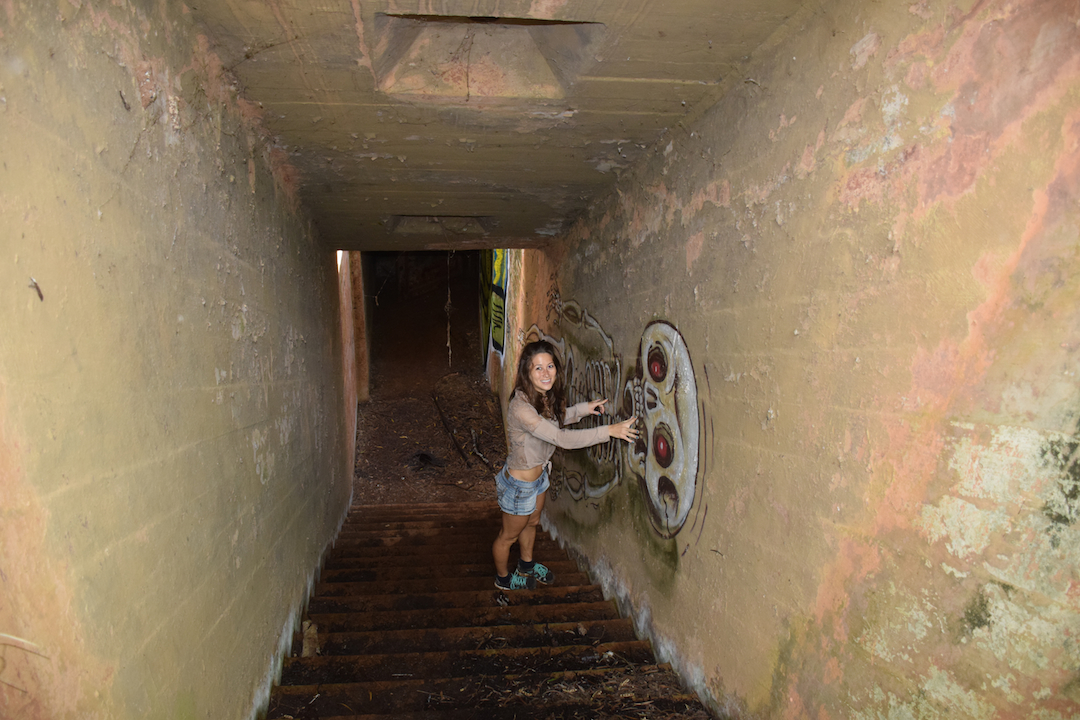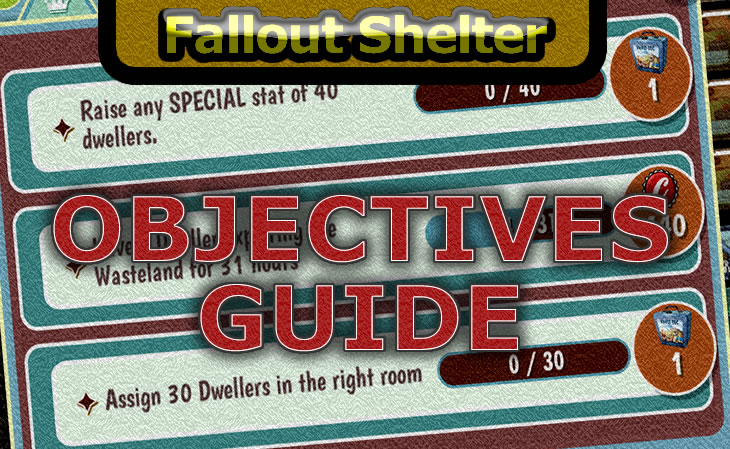

In 2007, the Preventative Defense Project at both Harvard and Stanford universities, held a workshop on what would happen during and after a nuclear blast. "Most injuries in the light damage zone are relatively minor, and most people in this area would be uninjured," Buddemeier says. A person's chances for surviving a blast in this zone are very high, especially if they are in a shelter (more on those in a minute). The light damage zone extends in a 1- to 3-mile (1.6- to 4.8-kilometer) radius. For humans, early medical attention can significantly reduce the number of casualties. In this zone, buildings will experience major damage.


The moderate damage zone extends from radius of 0.5 mile (0.8 kilometer) to 1 mile (1.6 kilometers). But, if you want to live, your best chance is to get away from the blast area as fast as possible and burrow yourself so deeply that the resulting radioactive fallout won't kill you, or at the very least, make you sick. That's not to say that a nuclear exchange is likely, but in general, if intercontinental ballistic missiles (ICBMs) start falling, and you live with about a 0.5-mile (0.8-kilometer) radius of a direct hit (Kim has threatened Guam and Hawaii) you can kiss yourself goodbye. 7, 2017 back-and-forth that ended in Trump threatening "fire and fury like the world has never seen before." After that remark, the number of Google searches for "how to survive a nuclear attack" spiked. 2, 2018, after President Donald Trump tweeted his " nuclear button" was much bigger and more powerful than Kim Jong Un's. The specter of a nuclear exchange between North Korea and the United States reached critical mass on Jan. Protecting oneself from a natural disaster like a hurricane is one thing, but radiation, in both the short- and long-term, is a different story." "Recent events, though, have shown us that the estimate of three days might be a little optimistic. "There is a saying in the prepper community: We are only three days from anarchy," Judson says in an email.


 0 kommentar(er)
0 kommentar(er)
